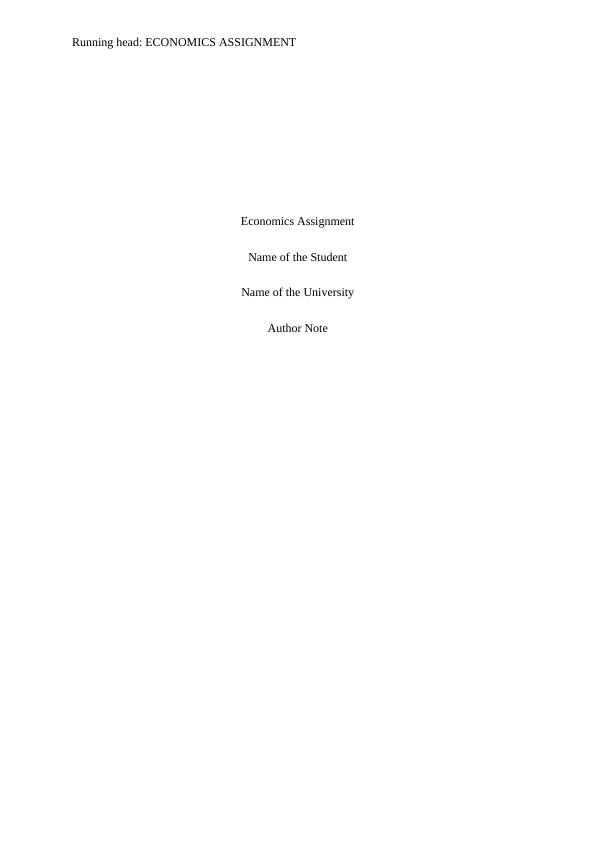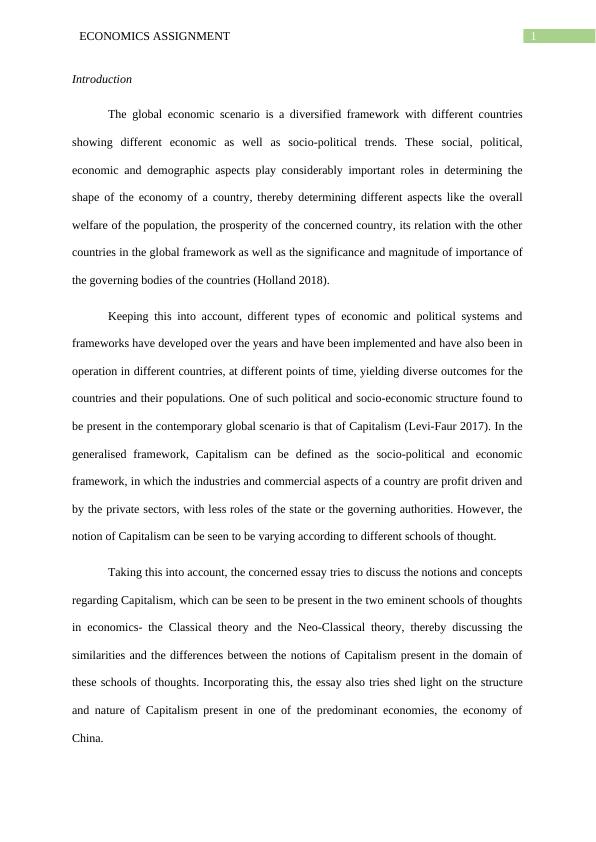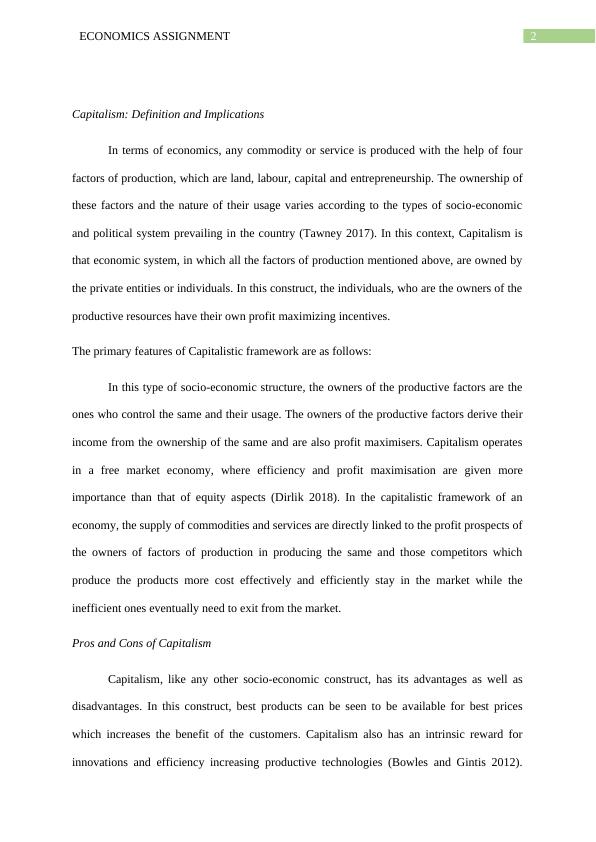Capitalism: A Comparative Analysis of Classical and Neoclassical Theories and a Case Study of China
10 Pages2440 Words178 Views
Added on 2023-06-11
About This Document
This essay provides a comparative analysis of the notions of capitalism in the Classical and Neoclassical schools of thought and a case study of China's state-directed capitalism. It discusses the pros and cons of capitalism and its implications on the economy and society.
Capitalism: A Comparative Analysis of Classical and Neoclassical Theories and a Case Study of China
Added on 2023-06-11
ShareRelated Documents
End of preview
Want to access all the pages? Upload your documents or become a member.
Economics : Assignment (Solution)
|9
|2236
|63
Marxism and factors relevant to it
|9
|3229
|466
Different Schools of Economics (PDF)
|11
|3604
|236
Classical and Neo Keynesian Models for Achieving Long Term Growth
|16
|3655
|353
Development Economics: Differences between Economic Growth and Economic Development
|15
|3898
|452
Construction Economics: Implications of Keynesian School of Thought on the Construction Industry
|8
|1160
|407



